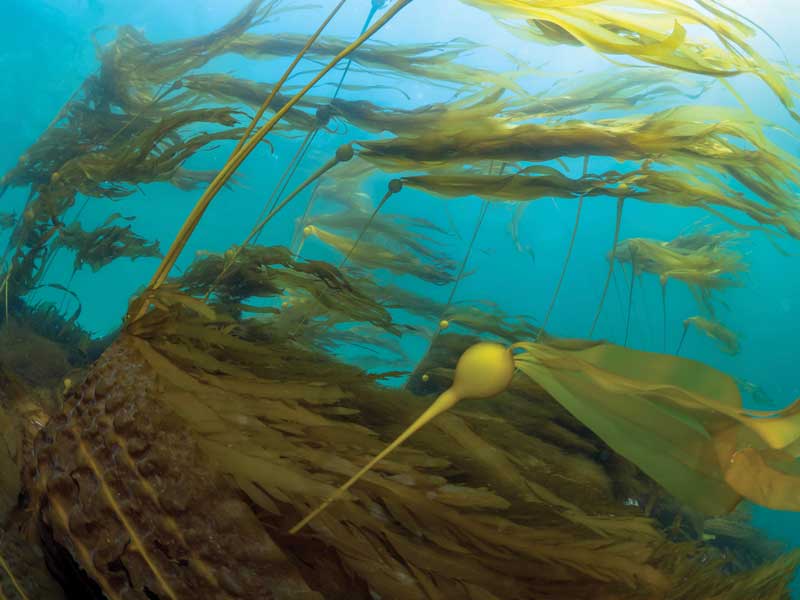Expanding Time: Video Editing Tips
By Jill Heinerth

If I had one wish, it would be for more time underwater. When Mobula rays surround me, or sea lions swarm, I don’t want to surface. I wish I could expand time into an endless and exciting underwater journey. Sometimes the moments you catch on video are so powerful that you want to extend those too. Proper editing techniques can help you prepare the viewer for a remarkable moment and dramatically drag it out a bit to enhance the viewing experience. Sometimes astonishing things happen very fast underwater, making it hard for the audience to absorb the action. The following techniques will expand time, giving the viewer a chance to catch their breath after they gasp at the beauty!
High Resolution and Slo-Mo
Slo-Motion is the most obvious way to highlight an exciting moment. It is always advisable to shoot in the highest resolution available so that you can reframe your shot. Still, your camera may limit your ability to slow the action down if you are in 4K mode. Many cameras offer the highest 4K resolution only at 30 frames per second (fps). If you slow the tempo of your timeline, that footage will look jerky, even at three-quarters speed. Below 24 frames per second, our brains have a tough time blending the progressive frames into moving footage. It is better to shoot in a lower resolution such as 1080p with 60-120 fps. There is a lot more material (frames) available when you slow the footage. It can still look dreamy at half speed. Of course, the other option is to buy a camera that is capable of 4K at 60 fps.
Speed Ramp
Try editing using a speed ramp to slow the footage. Select the frame that is the most important, such as the moment when a shark bites down on a fish. Ramp the speed down to the moment and even pause on that frame before resuming full speed action again. You can take a lesson from watching sports like football. They often show a full speed rendition of a play and then do an instant replay that ramps down in speed until the moment when the receiver catches the football. People are accustomed to watching instant replays, so don’t be afraid to edit your footage in that way.
Fake Camera Movements
If you have shot your video in 4K, you have the latitude to resize, zoom, or drift into your shot. Try a slow animate resize or quick zoom to highlight something special. Pushing in to magnify details will heighten emotion. If you do that quickly, it can be quite exciting. If you slowly drift in to shot, it will feel more intimate. These camera movements, accomplished with software in the edit suite, can help visually articulate what might not be evident otherwise. Use a “tilt-down” to reveal a pressure gauge that is getting low. “Push-in” on the eyes of a diver. If they are raising their eyebrows, it will be good for a laugh from the audience. A change in magnification can also hide a jump cut. If the person speaking to the camera on the boat deck is long-winded, cut out some of the middle content and push in 120% where you cut. In this way, the jump cut is used to your advantage instead of looking like a clunky edit.
Transitions
Transitions help create editorial continuity, establishing connections between outgoing and incoming images that might not otherwise link. When starting a new scene, if you fade in from black, it will give the impression of the passage of time. Dipping to black in the middle of a sequence will do the same thing. Cutting away to short clips such as the boat helm or dive flag flapping in the wind will also expand time. The audience understands that these quick edits reveal a new dive or a jump forward in time. If you want to jump to a new day, you can edit in a sunset image and dip to black. Come up from black with the anchor deploying from the bow, and you have transported the viewer into a new day. Cross-dissolves can also be used sparingly and I advise to be very cautious with the use of fancy transitional elements. You can quickly cheapen a video if you go too far with transitions. A well-edited sequence can be made with properly motivated straight cuts.
Next time you want to draw out your whale shark footage so that you can look at the exquisite constellation of passing white spots, take pleasure in the moment in the edit suite. Slow down the footage until the last flick of the tail passes by your camera. It will help your audience savour the unforgettable memory from your special dive.
Into the planet Jill’s biography can be purchased now.







